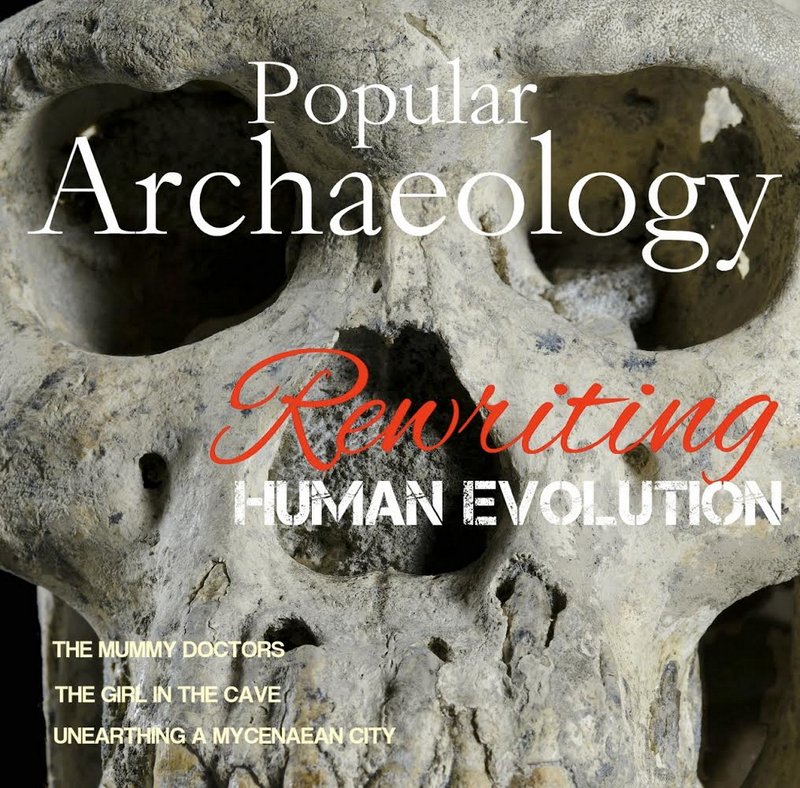
Archaeologists and a team of other researchers are hoping that an Italian graveyard will provide clues about the evolution of the bacterium that causes cholera.
Located near the ruins of the abandoned Badia Pozzeveri church in Italy’s Tuscany region, the graveyard contains bodies of cholera victims of the world cholera epidemic of the 1850’s.
“To our knowledge, these are the best preserved remains of cholera victims of this time period ever found,” said Clark Spencer Larsen, professor of anthropology at the Ohio State University and one of the leaders of the excavation team. “We’re very excited about what we may be able to learn.”
Larsen presented the details of the project on Feb. 15 at the annual meeting of the American Association for the Advancement of Science in San Jose.
To date, the team has completed four field seasons at the site, a section of the graveyard that was designated for the burial of cholera victims. Excavations of about 20 – 30 skeletons in each of the past four field seasons revealed hasty burial of the bodies that were then covered with lime encasings, a treatment that the researchers think was designed to prevent the disease from spreading.
“But the lime encasing is pretty amazing for bone preservation, too,” said Larsen. Even more, according to Larsen, the lime trapped soil surrounding the bodies, soil that possibly contains the DNA of the deadly bacteria—Vibrio cholera—and other organisms that the now-buried humans hosted while they were alive. Ancient DNA expert Hendrik Poinar, a professor at McMaster University in Hamilton, Canada, is scanning the soil samples for the DNA.
“We haven’t found it yet, but we are hopeful,” Larsen said. “We’ve found other DNA associated with humans so we’re continuing the search,” Larsen said. “If we find the DNA we could see how cholera has evolved and compare it to what the bacteria is like today. That’s the first step to possibly finding a cure.”
____________________________________________
Cholera bacterium. Wikimedia Commons
______________________________________________
Larsen says there is much more to the site than the cholera victim graves. The landscape surrounding the church also features several other cemeteries, spanning different time periods.
“We have a thousand-year window into the health of this village,” said Larsen. “It is a microcosm of what is happening in Italy and all of Europe during this time frame.” He points, for example, to the graves of people who died of the Black Death during the pandemic that devastated populations in Europe from 1346 to 1353.
“What we are trying to do is to reconstruct these populations as if they were alive, to get a glimpse about what their day-to-day lives were like and what their health was like, as well as how they died.”
Larsen and colleagues plan to extract bone and tooth samples during the upcoming 5th season.
_________________________________________
Excavations under this project began in 2010 through the combined efforts of the Ohio State University, University of Pisa and the local community near the cemetery location. The project also operates the Field School in Medieval Archaeology and Bioarchaeology at Badia Pozzeveri, an academic program for training students in archaeological and laboratory methods.
Source: Adapted and edited from information in a Ohio State University press release.
_________________________________________
Read about the most fascinating discoveries with a premium subscription to Popular Archaeology Magazine. Find out what Popular Archaeology Magazine is all about. AND MORE:
On the go? Get the smartphone version of Popular Archaeology as an app or as an ebook.
Just released!
The special new premium quality print edition of Popular Archaeology Magazine. A beautiful volume for the coffee table.
Travel and learn with Far Horizons.
____________________________________________
Popular Archaeology’s annual Discovery Edition eBook is a selection of the best stories published in Popular Archaeology Magazine in past issues, with an emphasis on some of the most significant, groundbreaking, or fascinating discoveries in the fields of archaeology and paleoanthropology and related fields. At least some of the articles have been updated or revised specifically for the Discovery edition. We can confidently say that there is no other single issue of an archaeology-related magazine, paper print or online, that contains as much major feature article content as this one. The latest issue, volume 2, has just been released. Go to the Discovery edition page for more information.










